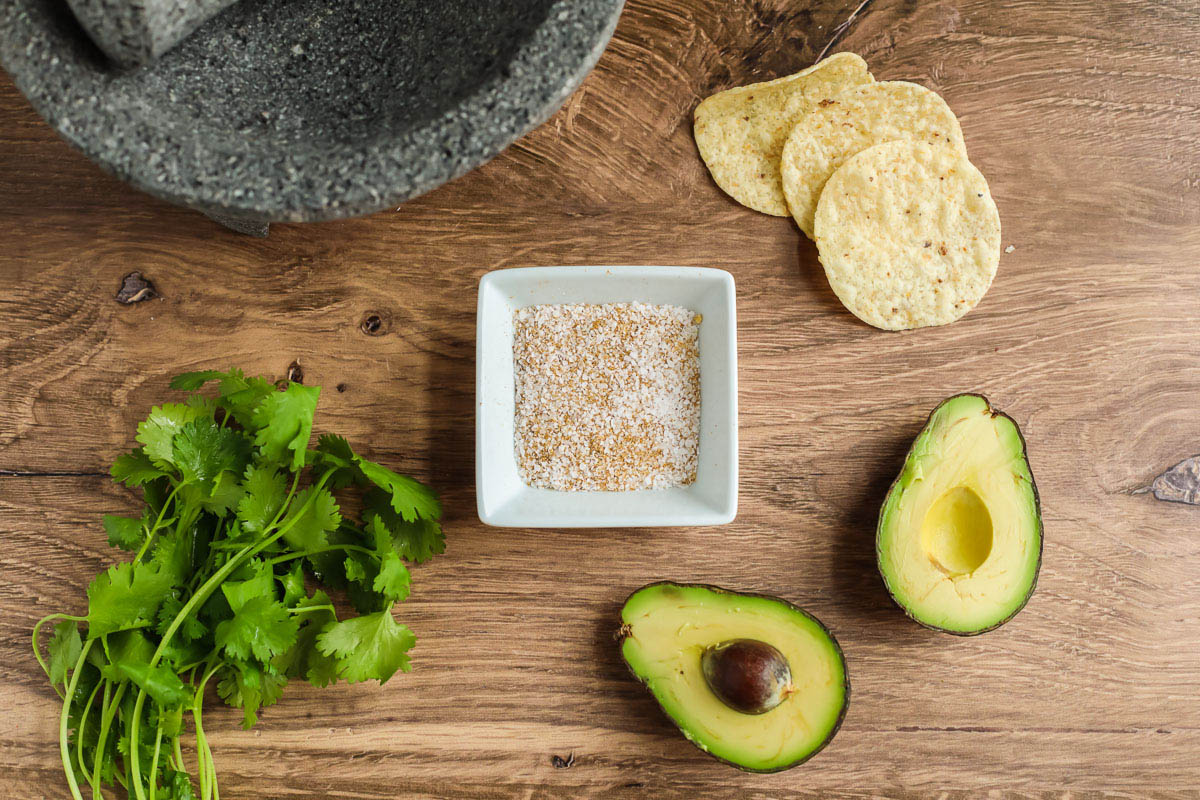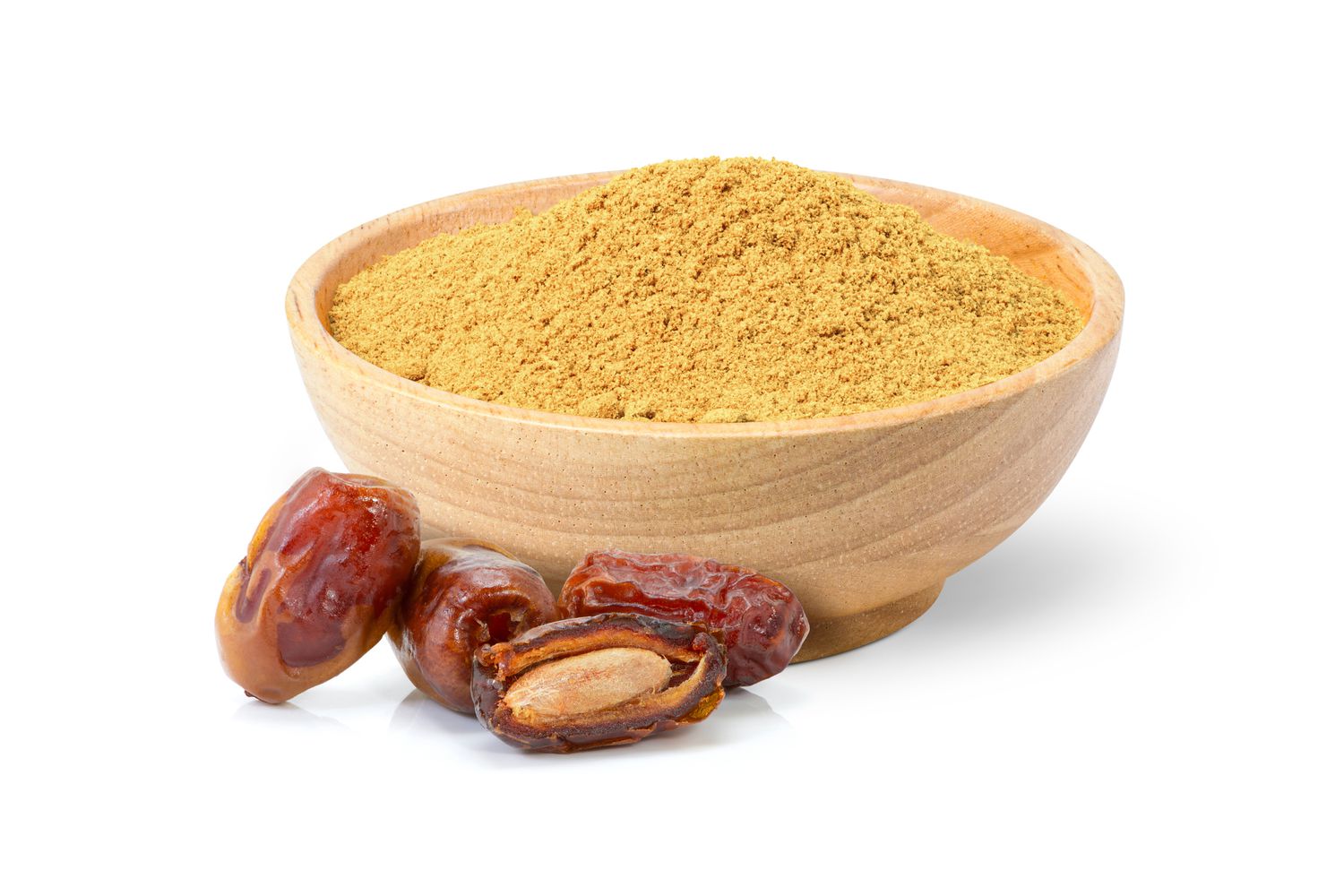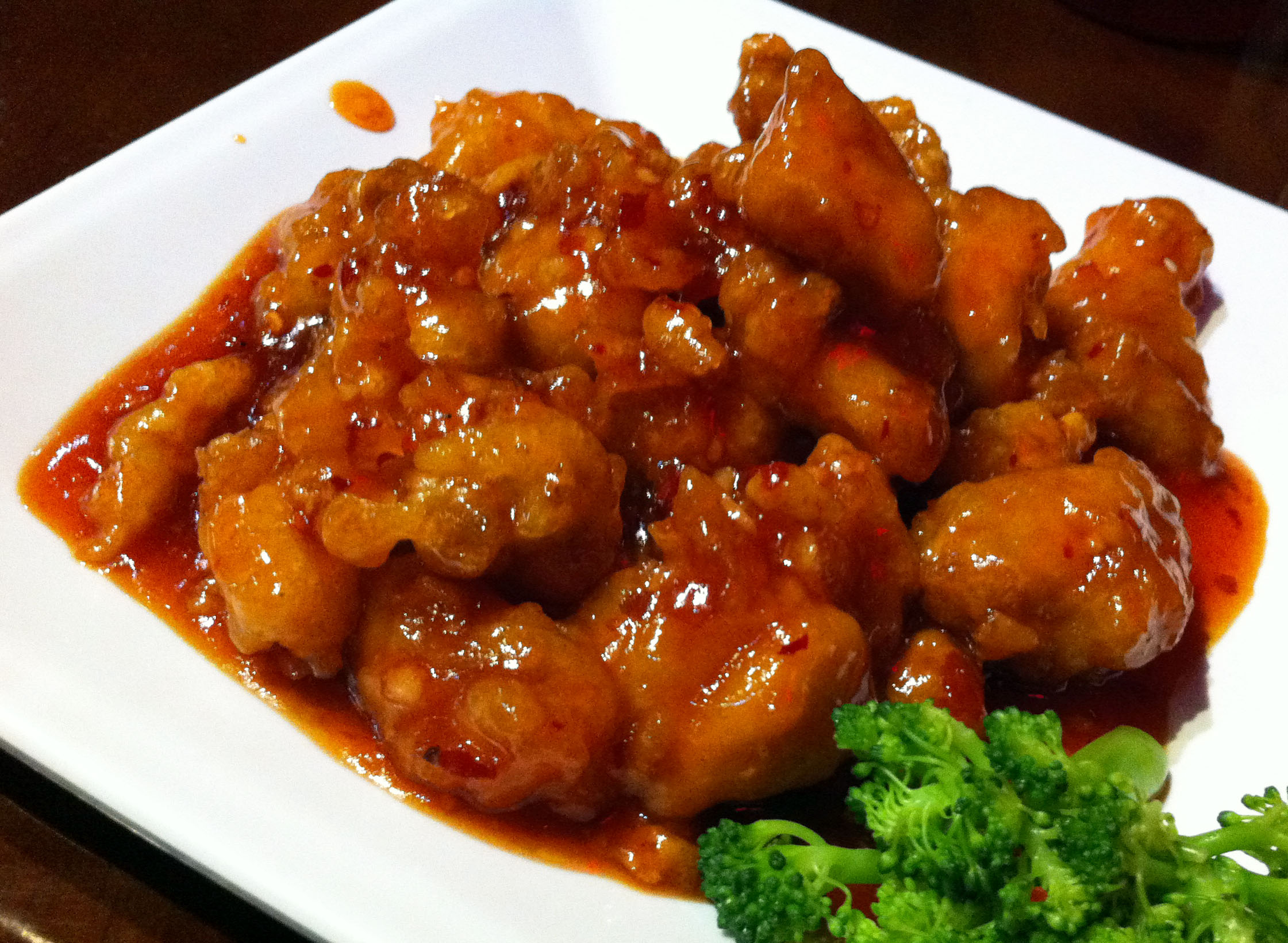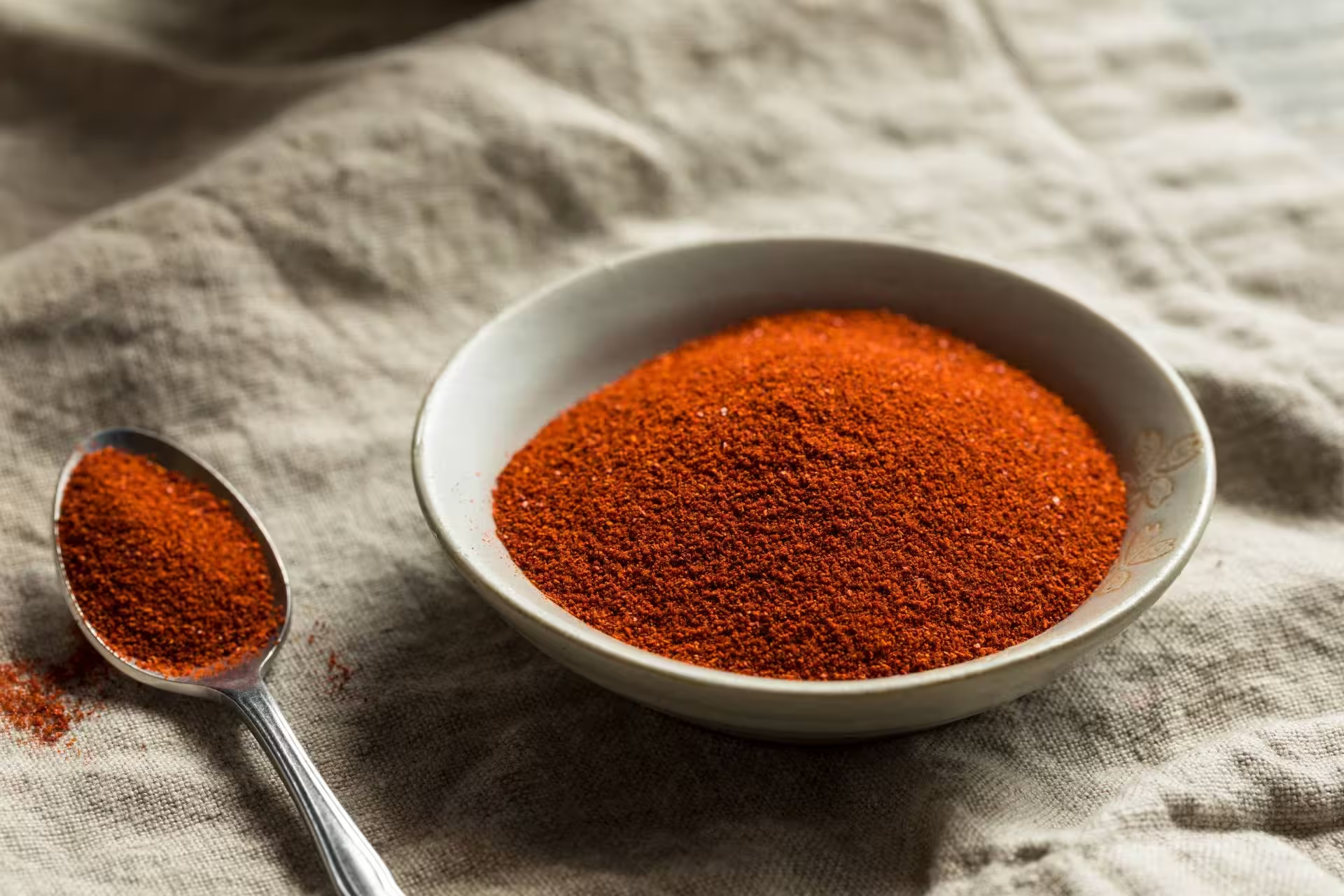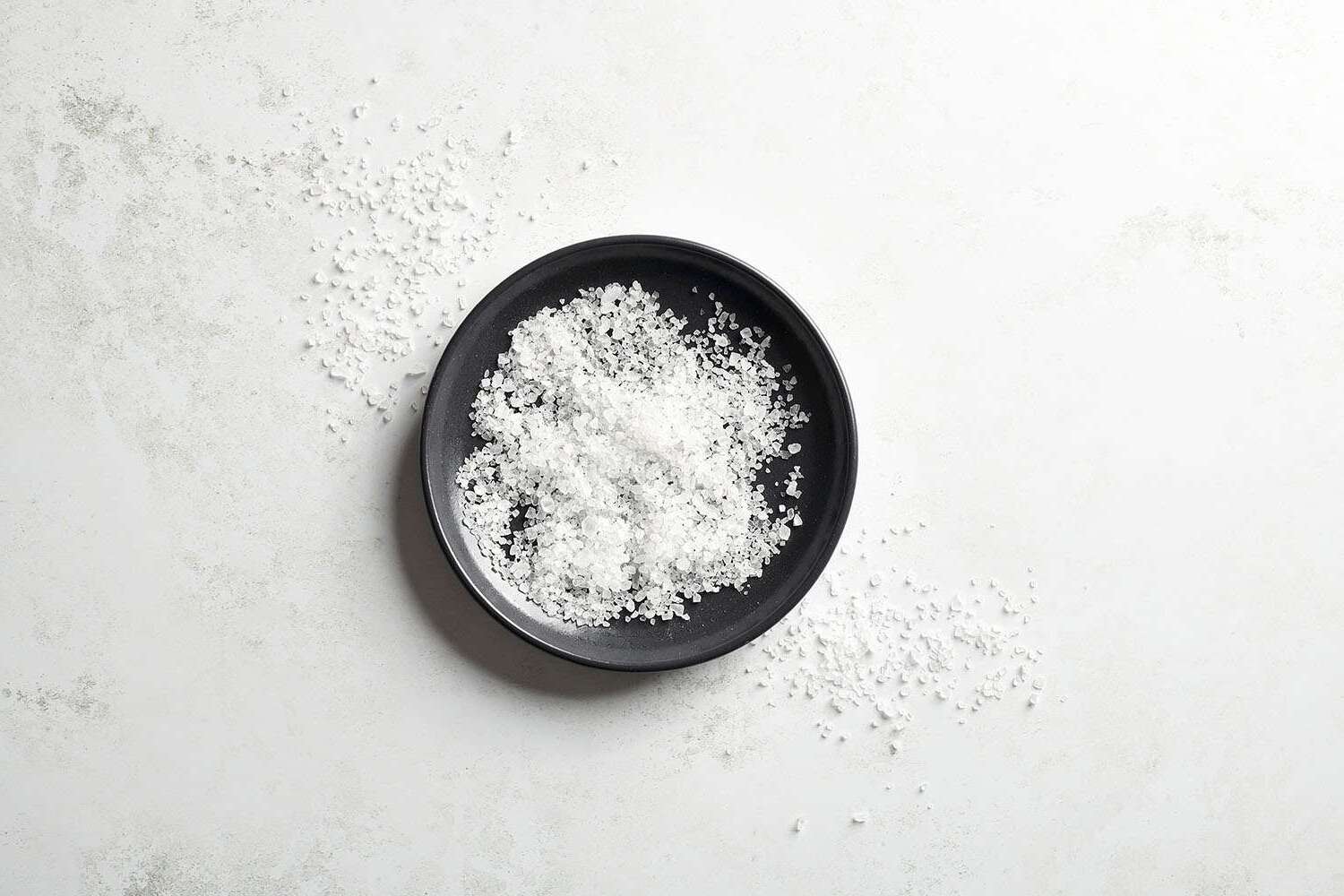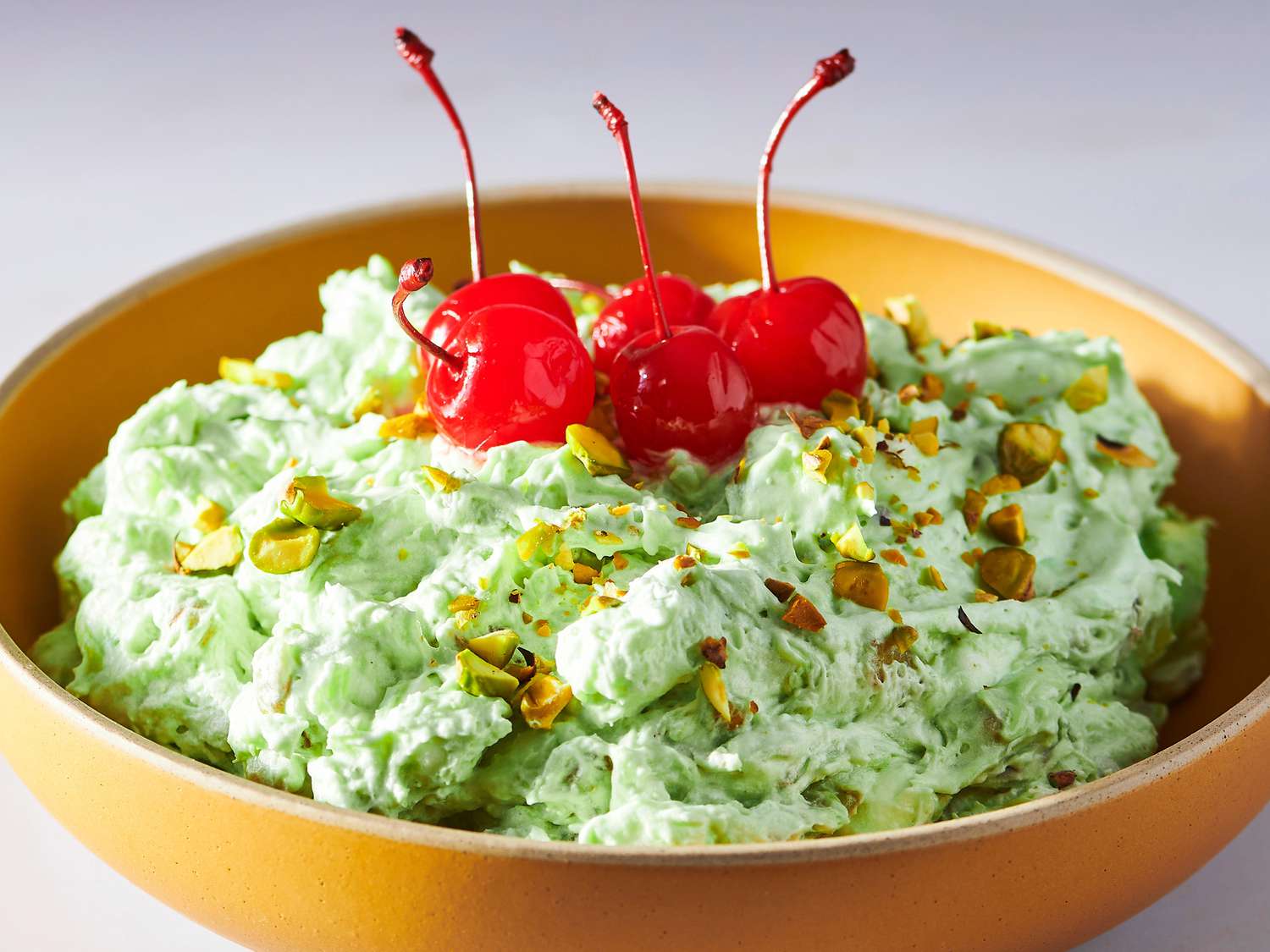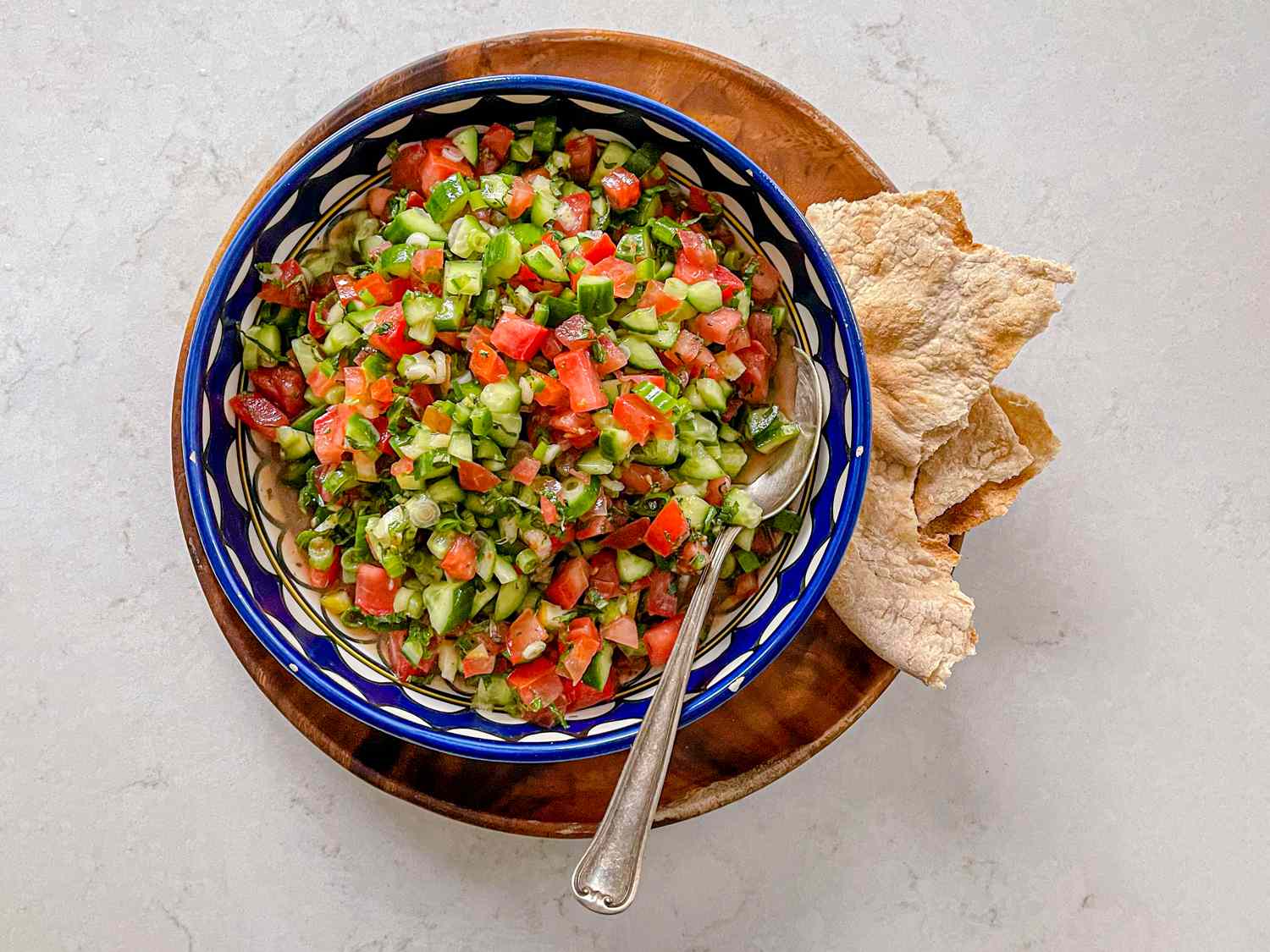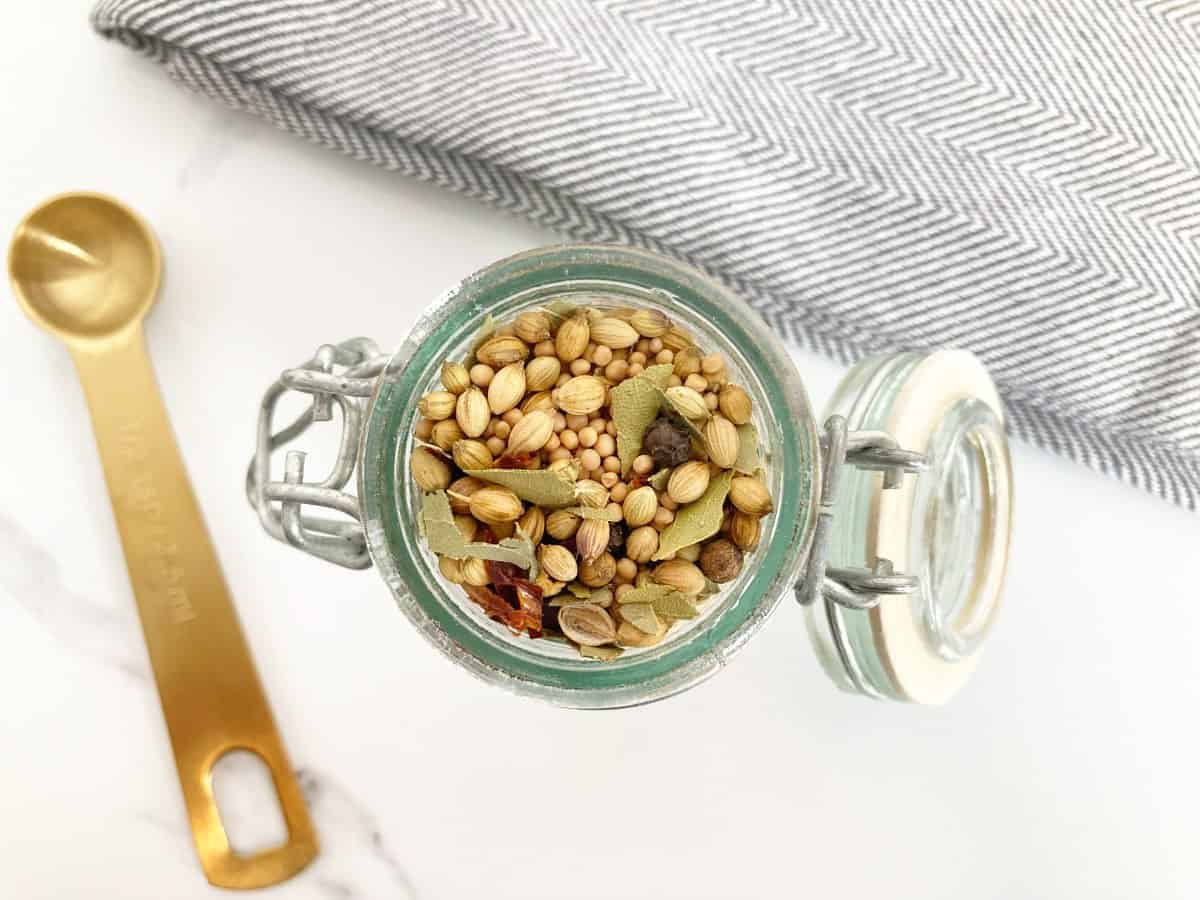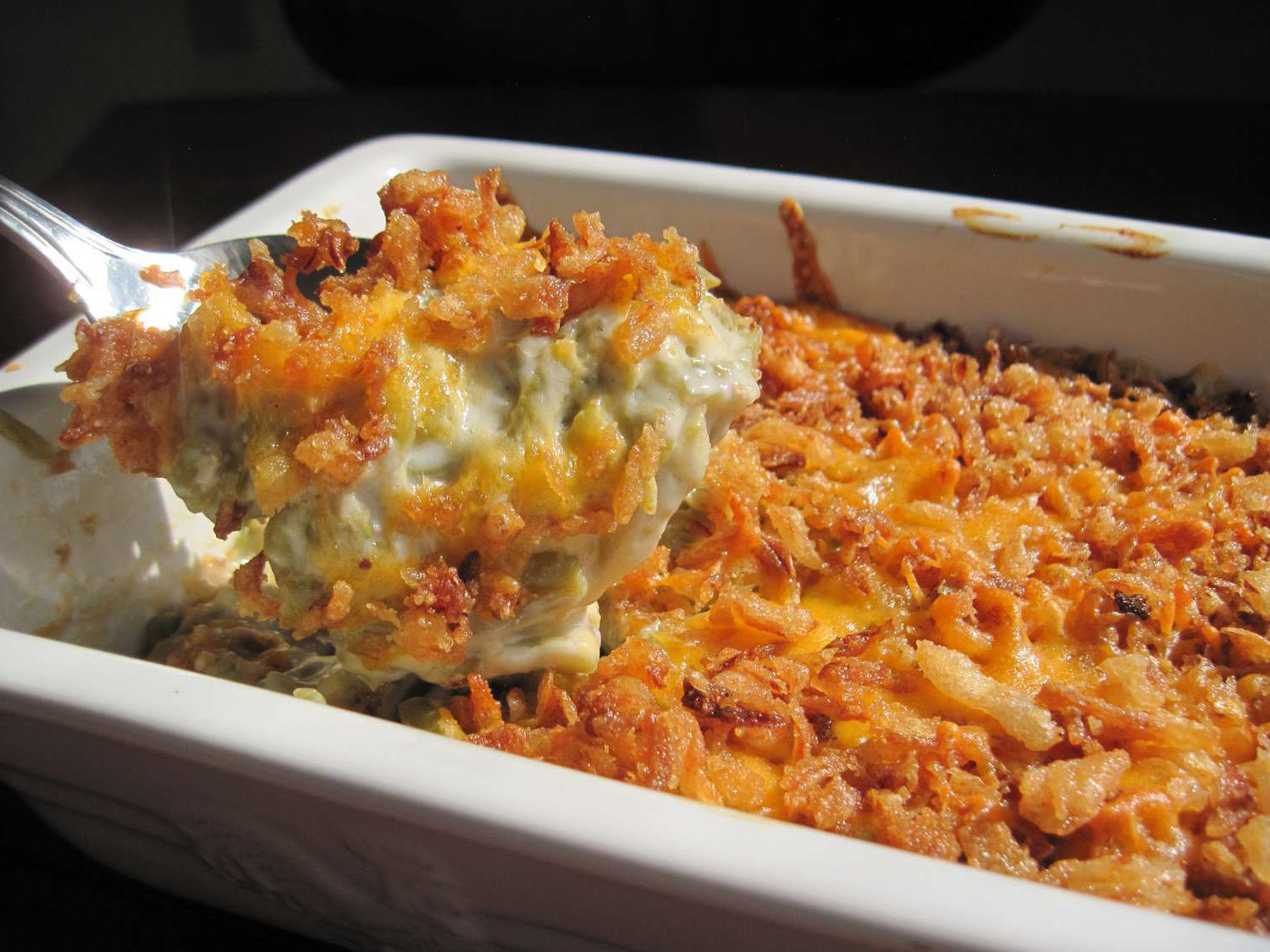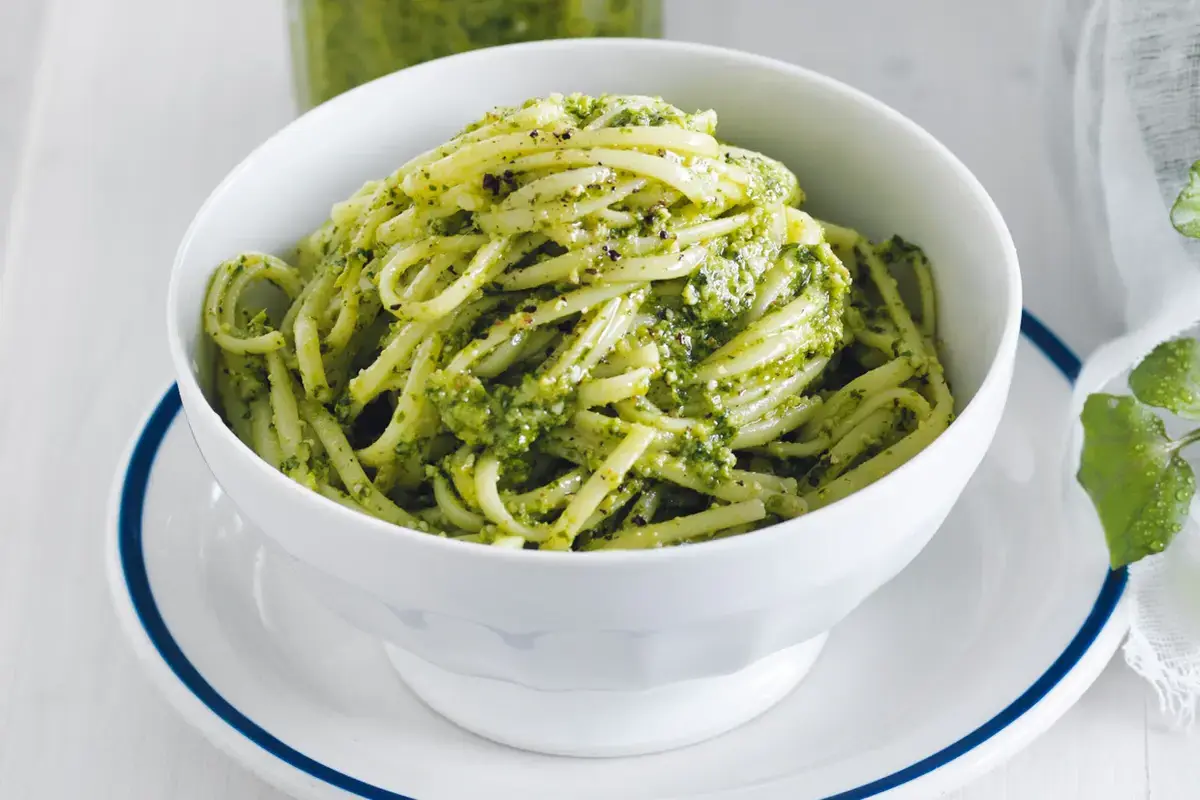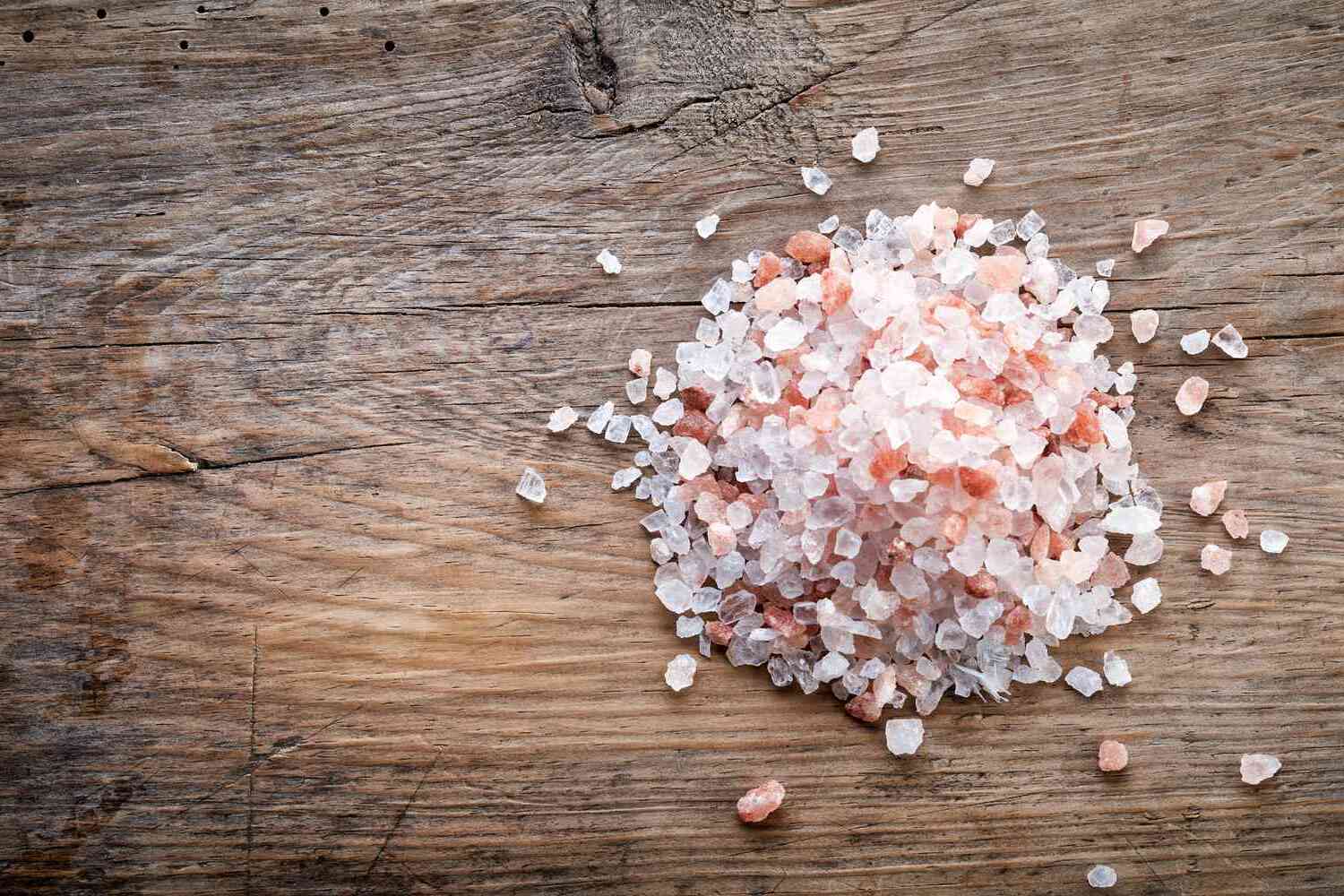Understanding the Conversion: 1 Pint to Ounces
When it comes to cooking and baking, precise measurements are crucial for a successful outcome. Understanding the conversion between different units of measurement is essential for following recipes accurately. One common conversion that often comes up in the kitchen is the relationship between pints and ounces. In this article, we will explore what 1 pint is equal to in ounces and how to make this conversion with ease.
What Is a Pint?
A pint is a unit of volume measurement that is commonly used in the United States and the United Kingdom. In the U.S., one liquid pint is equal to 16 fluid ounces, while in the U.K., one imperial pint is equal to 20 fluid ounces. For the purpose of this article, we will focus on the U.S. pint and its conversion to ounces.
Converting Pints to Ounces
Now that we know that 1 pint is equal to 16 fluid ounces, let’s take a look at how this conversion works. There are a few different ways to approach this conversion, but one of the simplest methods is to use multiplication. To convert pints to ounces, you can simply multiply the number of pints by 16 to get the equivalent number of ounces.
For example:
- 1 pint = 16 ounces
- 2 pints = 32 ounces
- 3 pints = 48 ounces
- 4 pints = 64 ounces
- And so on…
Using this method, you can easily convert any number of pints to ounces without much hassle. It’s a straightforward calculation that can be especially helpful when scaling recipes up or down based on your needs.
Practical Applications
Understanding the conversion from pints to ounces can be incredibly useful in the kitchen. Many liquid ingredients, such as milk, cream, and broth, are often measured in pints or ounces in recipes. Being able to quickly and accurately convert between these units allows you to follow recipes with precision and achieve the desired results in your cooking and baking endeavors.
Additionally, having a good grasp of these conversions can also come in handy when you’re at the grocery store. For instance, if a recipe calls for 2 pints of a certain liquid, knowing that this is equivalent to 32 ounces can help you determine the right amount to purchase without any confusion.
In Conclusion
Understanding the relationship between pints and ounces is an essential skill for anyone who spends time in the kitchen. Whether you’re following a recipe, scaling ingredients, or shopping for groceries, knowing how to convert 1 pint to ounces can make your culinary experiences smoother and more enjoyable. With a simple multiplication calculation, you can confidently navigate between these two units of measurement and create delicious dishes with precision.
Next time you come across a recipe that calls for pints or ounces, you’ll be well-equipped to handle the conversion like a pro!
Was this page helpful?
Read Next: What Is 1 Cup Butter In Sticks
